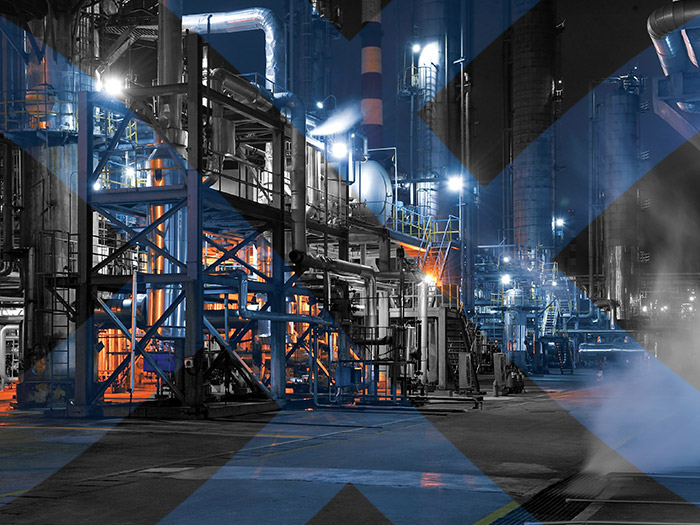News
better business decisions
Posted 2 years ago | 3 minute read

DOE highlights challenges in industrial decarbonization
The Department of Energy (DOE) has released three reports, titled “Pathways to Commercial Liftoff,” that delve into the difficulties of industrial decarbonization faced by industries such as cement, chemicals, iron, and steel, among others.
The Liftoff series first launched in March 2023 aims to provide the private sector and other industry partners a valuable, engagement-driven resource on how technologies can reach full scale deployment. Both industrial decarbonization and virtual power plants (VPPs) are crucial to reducing carbon emissions, improving the resilience of our energy systems, and achieving President Biden’s ambitious goals of 100% clean electricity by 2035 and a net-zero emissions economy by 2050.
The reports, published on September 18, notes that US industrials are a significant contributor to emissions, accounting for 23% of US CO2e emissions in 2021 total. Within that total energy and process-related emissions accounted for 14% of emissions totaling ~880 MT CO2e in 2021. Chemicals and refining as a subsector has the largest share of these emissions, making up over 60% of emissions from industrial sectors of focus and 7% of total US CO2e emissions.
The report notes the challenges with decarbonatization of these industries but said if the transport and power sectors decarbonize in line with administration targets and limited abatement occurs in industrials, the share of emissions from all US industrials could rise to 27% of total CO2e emissions by 2030.
Key findings include:
- carbon-intensive industrial sectors are facing a critical inflection point and society is focused on accelerating deep decarbonization; this is a unique moment that neither American industry nor DOE can allow to pass
- US industrial players are at risk of lagging behind net-zero targets, with a focus on short-term, easy-to-implement solutions; however, momentum is growing for deployment of industrial decarbonization solutions
- the Bipartisan Infrastructure Law and Inflation Reduction Act have created unprecedented tools to support industrial decarbonization, customers are demanding low-carbon products (e.g., steel for auto), and early private sector movers are emerging
- achieving meaningful reductions could require up to $1,100B in capital expenditure and a bold shift in leadership and technology adoption across various sectors.
To ensure the industrial sector keeps pace with national decarbonization goals and provides opportunities for early movers the reports suggested:
- action is needed to close the persistent cost gap between incumbent and decarbonized technology for industrial producers by de-risking public and private sector investment and by achieving cost reductions through demonstrations
- decarbonization strategies must be integrated into near- and long-term capital planning, facility retrofits, and equipment downtime
- decarbonization portfolios must be diversified through R&D and pilot projects for high-potential alternative technologies or production methods and cross-industry knowledge sharing
- building and expanding existing infrastructure and supporting ecosystem by expediting permitting bottlenecks, building public acceptance, building or expanding regional hubs and common-carrier infrastructure, and facilitating a shared learnings ecosystem
- lowering the cost of capital investment by proving the business case for decarbonization measures and providing loans, cooperative agreements, or competitive tax credits
- bolstering demand-side pull and leverage industry coalitions to accelerate decarbonization ambition and potentially capture a technology premium from early-adopting consumers; this can be enabled through public sector programs, regulatory actions, and private sector buy-in
- public concerns must be addressed through the development of Community Benefits Plans, market adoption of Community Benefits Agreements, Project Labor Agreements, and responsible business and labor practices.





